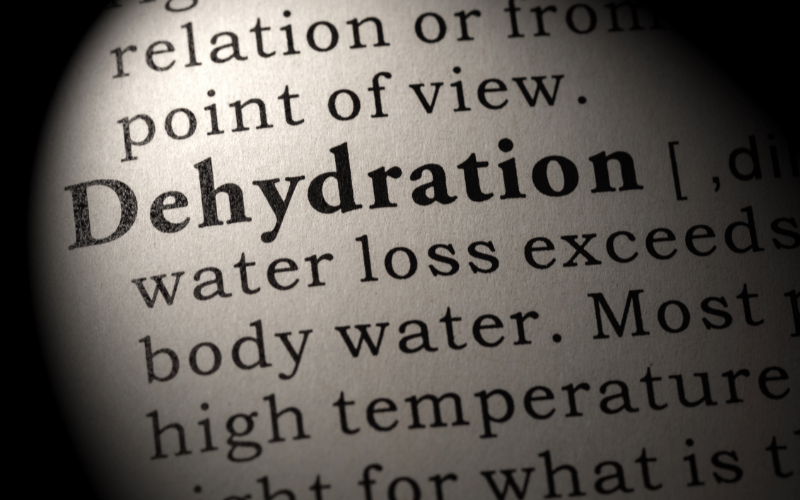4. Dehydration: More Than Just a Thirst Quencher

We often associate dehydration with hot weather or strenuous exercise. But in babies with pyloric stenosis, dehydration is a silent invader that comes without those usual triggers. The dehydration in this condition isn’t just a result of the baby not drinking enough; it’s a byproduct of the relentless vomiting that strips away essential fluids.
Now, it’s not just the fluid loss we’re concerned about. Dehydration in infants can lead to an imbalance of electrolytes—those vital minerals like sodium, potassium, and calcium that make all cellular functions tick. A baby can’t tell you they feel off, but their behavior screams it: increased irritability, reduced activity, and a general sense of malaise.
Doctors often use a pinch test to assess dehydration. They pinch a fold of skin on the baby’s abdomen or the back of the hand. If the skin doesn’t snap back almost immediately, that’s a red flag. But you don’t have to be a doctor to notice the signs. Sunken eyes, dry lips, and a decrease in saliva are all telltale symptoms that parents can easily spot.
Dehydration affects sleep patterns, too. A well-hydrated baby sleeps more soundly than a dehydrated one. It may sound counterintuitive, but a dehydrated baby might sleep more than usual. It’s not the sleep of a content baby but rather the body’s way of conserving energy when it’s running on empty.
But here’s the kicker: Dehydration in this context isn’t like a heat-induced thirst that you can quench with a bottle of water. The fluids that these babies lose are rich in essential electrolytes. Rehydration, therefore, often involves more specialized medical solutions, sometimes even necessitating intravenous fluids to restore balance effectively. (4)